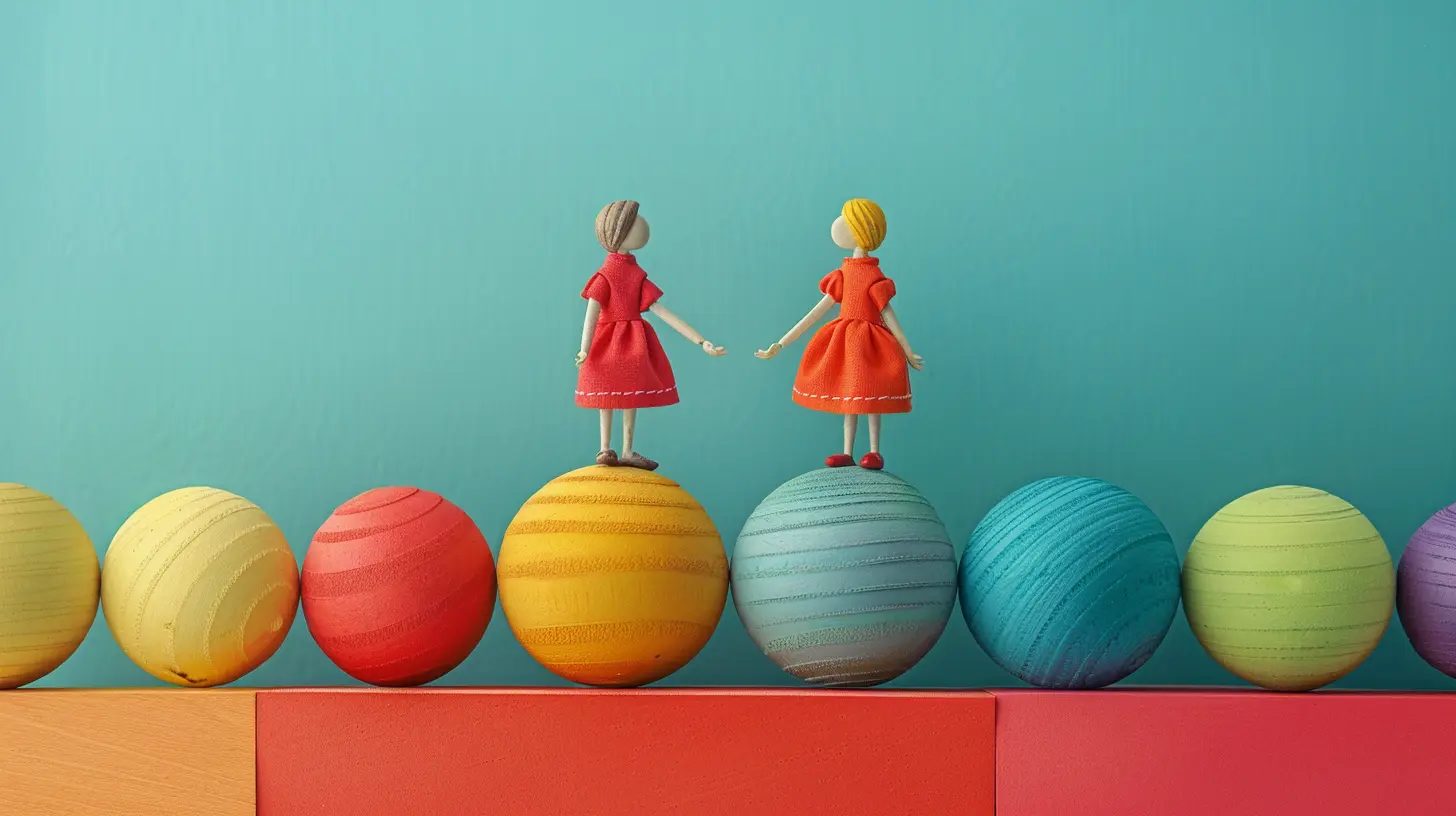Collaboration vs. Competition in Education: Finding the Balance
19 August 2025
Education is more than just textbooks and exams; it’s about shaping young minds, fostering growth, and preparing students for the real world. But when it comes to learning, there are two approaches that often go head-to-head—collaboration and competition.
Some argue that competition drives students to excel, while others believe that collaboration encourages a more supportive and enriching learning environment. So, which is better? Or could the secret to academic success lie in a healthy balance between the two? Let’s dive in!

Understanding Collaboration in Education
Collaboration in education is all about teamwork and working together toward a common goal. Whether it’s group projects, peer discussions, or cooperative learning strategies, collaboration helps students share knowledge, build social skills, and support one another.Benefits of Collaboration
1. Encourages Deep LearningWhen students collaborate, they actively engage with the subject matter. They exchange ideas, challenge each other’s perspectives, and develop critical thinking skills that go beyond rote memorization.
2. Builds Social and Emotional Skills
Learning isn’t just about facts and figures; it’s also about developing interpersonal skills. Collaboration teaches students empathy, teamwork, and communication, which are valuable in both academics and life.
3. Boosts Confidence
Not every student is comfortable speaking up in class. Working in groups creates a safe space where they feel more comfortable expressing their thoughts without fear of judgment.
4. Prepares for the Real World
In the workplace, teamwork is essential. By fostering collaboration in education, students learn how to work effectively with others, a skill that will serve them well in their future careers.
Challenges of Collaboration
Of course, collaboration isn’t always a walk in the park. Sometimes, students don’t contribute equally, conflicts arise, or group dynamics don’t work as expected. A well-structured approach is essential to ensure that every student benefits.
Understanding Competition in Education
On the flip side, competition pushes students to strive for excellence, improve performance, and stay motivated. Whether it’s academic rankings, sports, or debates, a competitive spirit can be a powerful motivator.Benefits of Competition
1. Encourages Hard Work and MotivationWhen students know they’re competing, they push themselves harder. The desire to win or be the best drives effort and perseverance.
2. Prepares for Real-World Challenges
Life is competitive—whether it’s securing a job, excelling in a career, or even managing personal goals. A little competition in school prepares students for these realities.
3. Develops Resilience and Grit
Facing competition teaches students to handle failure and bounce back stronger. Losing isn’t always bad; it’s a lesson in perseverance and self-improvement.
4. Recognizes Individual Excellence
While teamwork is great, individual achievement shouldn’t be overlooked. Competition allows students to shine in their own unique way, giving them a sense of accomplishment.
Challenges of Competition
But too much competition? That’s where problems arise. A hyper-competitive environment can lead to stress, anxiety, and unhealthy comparisons. Some students may feel discouraged rather than motivated, which defeats the purpose of learning.
Striking the Perfect Balance
Since both collaboration and competition have their merits, the key is to strike a healthy balance. An effective learning environment blends both approaches, maximizing their benefits while minimizing their drawbacks.1. Encouraging Collaborative Competition
Instead of an "every student for themselves" approach, educators can foster a team-based competitive spirit. Think of it like a sports team—students can compete, but as a team rather than as rivals.2. Using Competition as a Motivational Tool
Healthy competition doesn’t mean cutthroat rivalry. Teachers can introduce friendly competitions, such as quiz tournaments or creative challenges, that motivate students without overwhelming them.3. Balancing Group Work with Individual Achievements
While teamwork is valuable, students should also have opportunities to demonstrate their individual strengths. A mix of collaborative projects and individual tasks ensures that every student gets the best of both worlds.4. Fostering Peer Support in Competitive Environments
Even in competitive settings, students should be encouraged to support and uplift each other. A culture where students celebrate each other’s wins, rather than feeling envious, makes competition more positive and less stressful.5. Teaching Emotional Intelligence & Sportsmanship
Whether collaborating or competing, students must learn how to handle success and failure gracefully. Encouraging good sportsmanship helps them develop emotional resilience and respect for others.
The Role of Educators
Teachers play a crucial role in maintaining this delicate balance. They act as guides and mentors, ensuring that competition remains healthy and collaboration remains productive. Here’s how educators can make the most of both:- Set Clear Goals – Define expectations for both collaborative and competitive activities.
- Encourage Fair Play – Promote ethical competition and teach students to respect their peers.
- Assign Roles in Group Work – Ensure that every student has a meaningful role in collaborative tasks.
- Create a Safe Environment – Students should feel comfortable expressing themselves without fear of judgment.
- Celebrate Every Achievement – Recognize both team successes and individual accomplishments.
Conclusion
At the end of the day, education isn’t about choosing between competition or collaboration—it’s about using both wisely. A balanced approach motivates students, builds their confidence, and prepares them for life beyond the classroom.By fostering teamwork while encouraging healthy competition, educators can create a thriving learning environment where students engage, grow, and succeed together. Because let’s face it—the world needs both team players and go-getters!
all images in this post were generated using AI tools
Category:
Collaborative LearningAuthor:

Bethany Hudson
Discussion
rate this article
1 comments
Julia McQuillen
Balancing collaboration and competition fosters holistic learning.
September 8, 2025 at 11:22 AM

Bethany Hudson
Thank you for your insightful comment! Indeed, balancing collaboration and competition can enhance learning by encouraging diverse perspectives while motivating students to strive for excellence.


